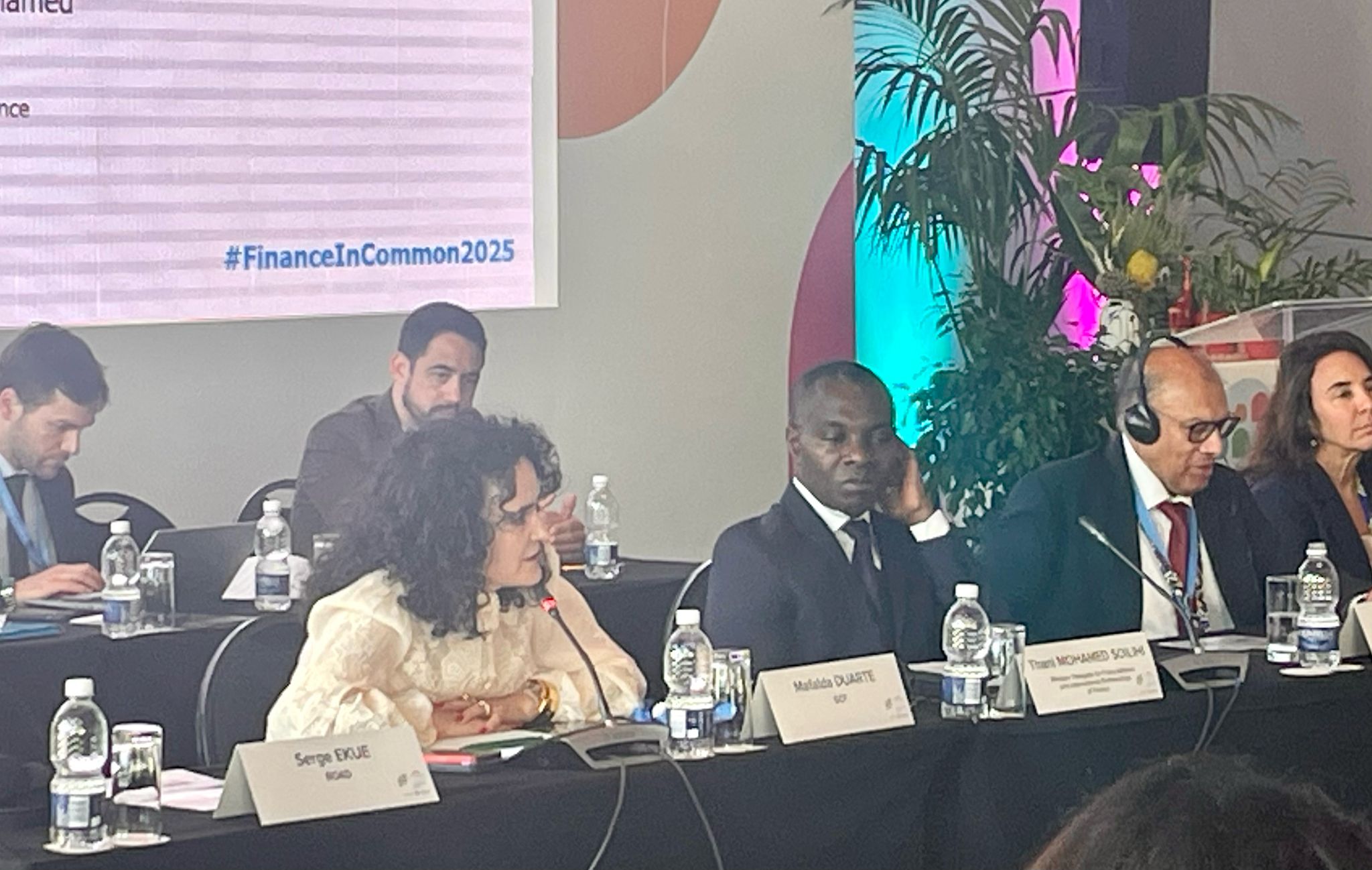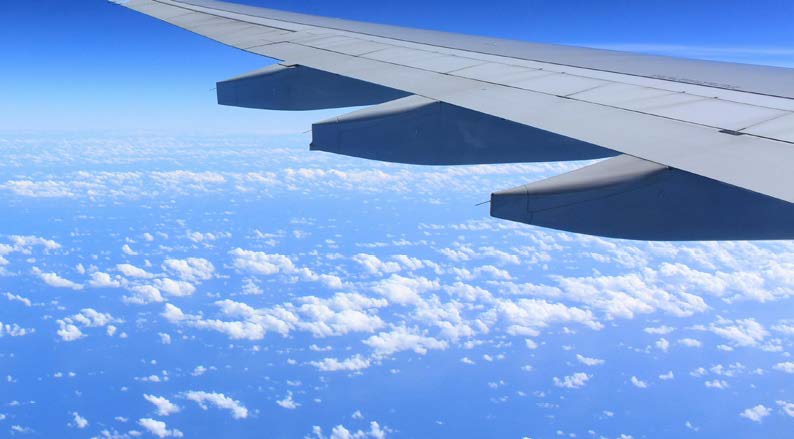Summary
The Global Solidarity Levies Task Force (GSLTF), established by its member countries, is tasked with developing internationally coordinated levies that aim to: (1) mobilize substantial finance and (2) promote climate justice by ensuring that the most polluting sectors contribute to climate action and development.
At the request of GSLTF, CE Delft conducted an impact assessment of the aviation levies, currently under development by the GSLTF. The levies are assessed in different regimes (rates, geographical scope):
- Jet fuel levy for commercial aviation
- Modular ticket levy
- Frequent flyer levy
- Private jet fuel levy
The design of the levies differs in terms of tariff rates and the geographical areas they apply to.
Overall conclusion
Overall, we conclude that global or regional coordinated aviation levies, across different geographical scopes, designs, and rates, effectively serve their main dual objectives. They contribute to significant CO2 emission reductions (4 to 10% below the baseline under middle rate, global coverage scenarios) and generate substantial revenues (€ 62 to 84 billion annually).
Among the options, the jet fuel levy for commercial aviation (hereinafter: jet fuel levy) performs best in terms of mobilizing climate finance and promoting climate justice, achieving high CO2 emission reductions (10% reduction through both demand and supply-side effects), strong revenue potential (€ 84 billion), and limited distributive impacts, though its legal implementation is more complex and challenging. A ticket levy performs slightly less effectively, achieving a 6% reduction in CO2 emission through demand-side effects and generating € 62 billion in revenue. However, its legal implementation is more straightforward. The private jet fuel levy, while targeting only 2% of global aviation emissions and generating modest revenues (€ 6 billion), scores well on climate justice and faces fewer legal obstacles compared to a fuel levy on commercial flights. If the levy rate of the private jet fuel levy is multiplied to be at least proportionate to the larger climate impact of private jets (x10), the potential revenue increases to € 41 billion. This means the total revenue potential for these levies combined is € 187 billion per year.
Although the introduction of an aviation levy in general may theoretically reduce long-term revenues through (intended) behavioural change, the continued baseline growth of the aviation sector suggests this risk is limited. A well designed levy- combining a strong price signal, a broad levy base, and targeted use of revenues – can thus provide a double dividend: reduce aviation emissions and secure stable funding.
The report has been undertaken by CE Delft on behalf of the Global Solidarity Levies Task Force.






